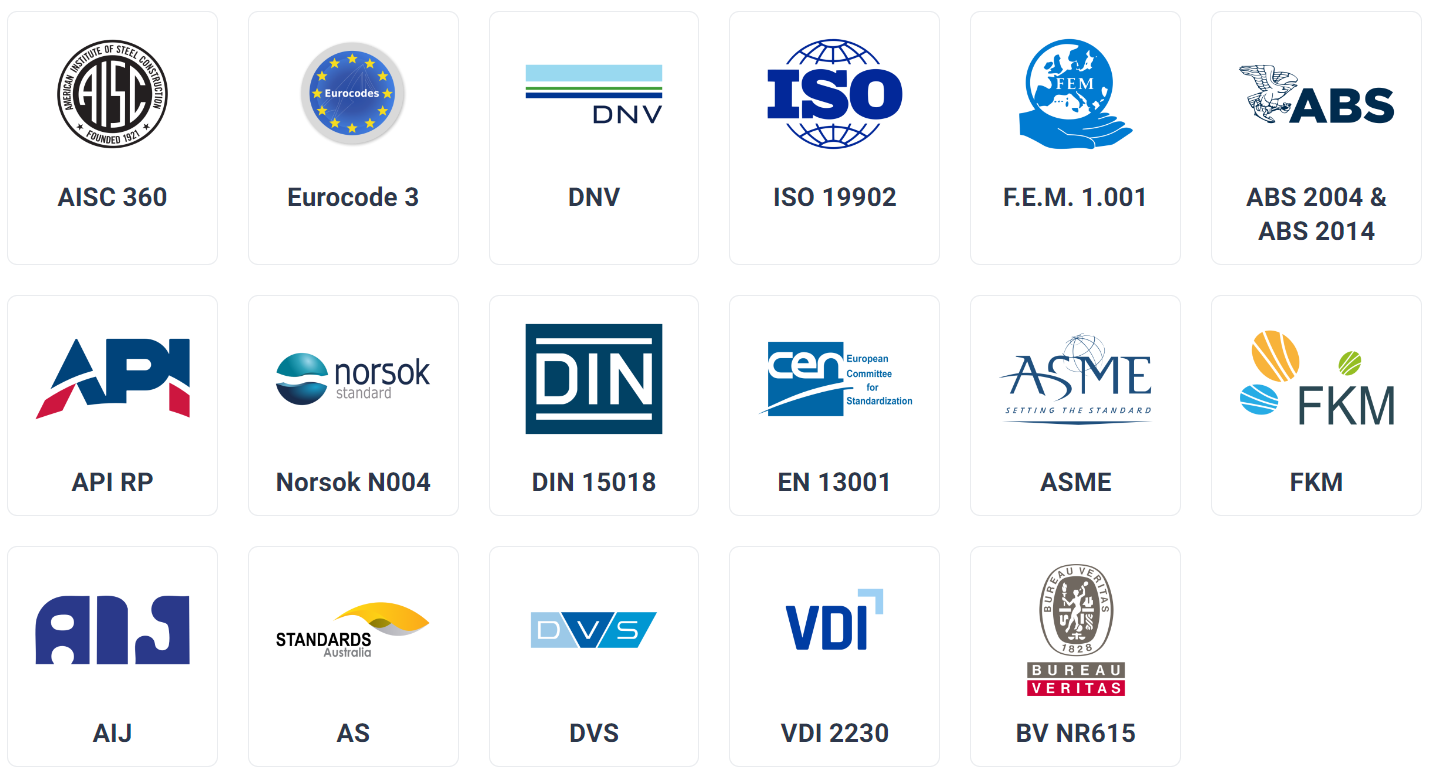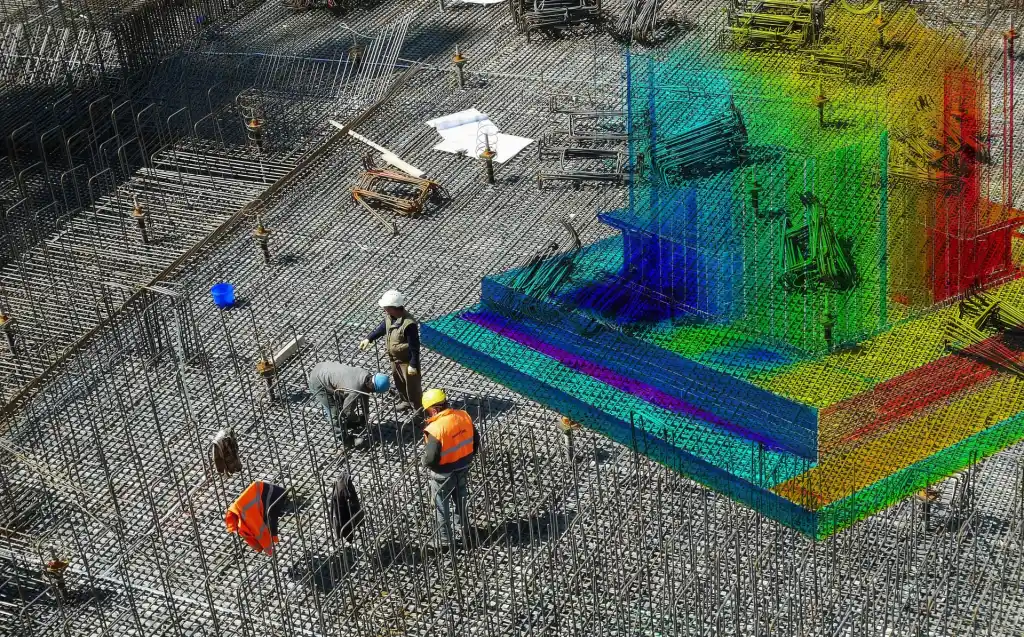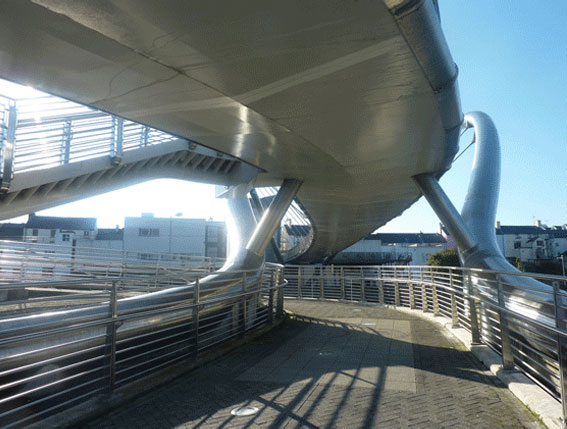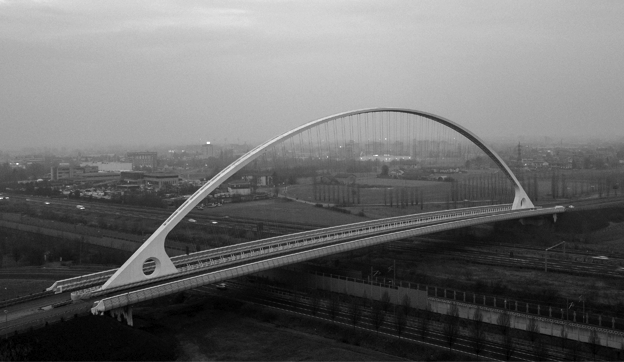SDC Verifier
The Comprehensive Structural Design and Verification Solution for FEA Professionals
SDC Verifier è sviluppato dall'omonima software house
SDC Verifier è sviluppato dall'omonima software house
Structural verification in compliance with a reference standard is a fundamental aspect for the structural engineer. SDC Verifier is an all-in-one software that empowers engineers to streamline structural design, FEA analysis, and standard-compliant verification.
SDC Verifier technology allows you to perform an in-depth study on the load-bearing structures of large assemblies, modeled with Beam, Shell and Solid elements. In addition, it is capable to recognize automatically joints and welds in order to properly performs rule checks.
SDC Verifier allows you to carry out structural checks in compliance with the following Standards:
 Request a free demo
Request a free demo

Combines modeling, FEA analysis, design code verification, and report generation— eliminating the need for multiple software tools.
Works flawlessly with leading FEA software: Ansys, Femap, and Simcenter 3D.
Streamlines routine tasks, including design code checks, load combination calculations, structural element recognition, and report generation.
Delivers reliable and accurate analysis results.
Covers 40+ industry-specific standards for global application.

SDC for Ansys is a robust structural verification solution designed to integrate seamlessly with Ansys Mechanical. This powerful add-on enables engineers to streamline design compliance with industry standards, achieve greater material and cost efficiency, and automate reporting – all within their existing Ansys workflow.
Automate fatigue, buckling, weld, bolt, and custom design checks against an extensive standards library.
Work directly with your Ansys Workbench .wbpj models, eliminating unnecessary model transfers.
Quickly identify optimization opportunities based on cross-section, weld types, yield stresses, and plate thicknesses.
Generate comprehensive reports with plots, tables, and calculations with a single click – perfect for PLM/SPDM systems.
Utilize the open API to streamline processes and customize SDC for Ansys to suit specific needs.

Send your technical questions to our experts!
Connect you with an EnginSoft expert who can provide a reliable answer to your technical question or recommend a
proven solution.

CASE STUDY
This article presents a business case for the use of simulation methods and technologies in the construction sector, particularly for decision-support in sustainable building design.
civil-engineering construction environmental

CASE STUDY
The footbridge is supported by two cable-stayed, stainless steel arches lying on inclined planes, supporting a steel deck with concrete infill.
civil-engineering ansys construction straus7

CASE STUDY
The cable-stayed arch on one of the three bridges designed by Santiago Calatrava in Reggio Emilia: a brilliant example of an optimal solution
civil-engineering construction straus7
CASE STUDY
The cumbersome task of verifying structural design according to numerous standards has always been a challenge. Through tireless dedication and relentless innovation, engineers found that they were able to conduct standards verification directly within Ansys Mechanical, Simcenter 3D, and Femap using SDC Verifier software.
sdc-verifier oil-gas
CASE STUDY
This article explains how the simulation of a severe fire in a warehouse that had caused substantial damage was undertaken. It explores the use of the fire dynamics simulator (FDS) code, developed by the US National Institute of Standards and Technology (NIST)
civil-engineering